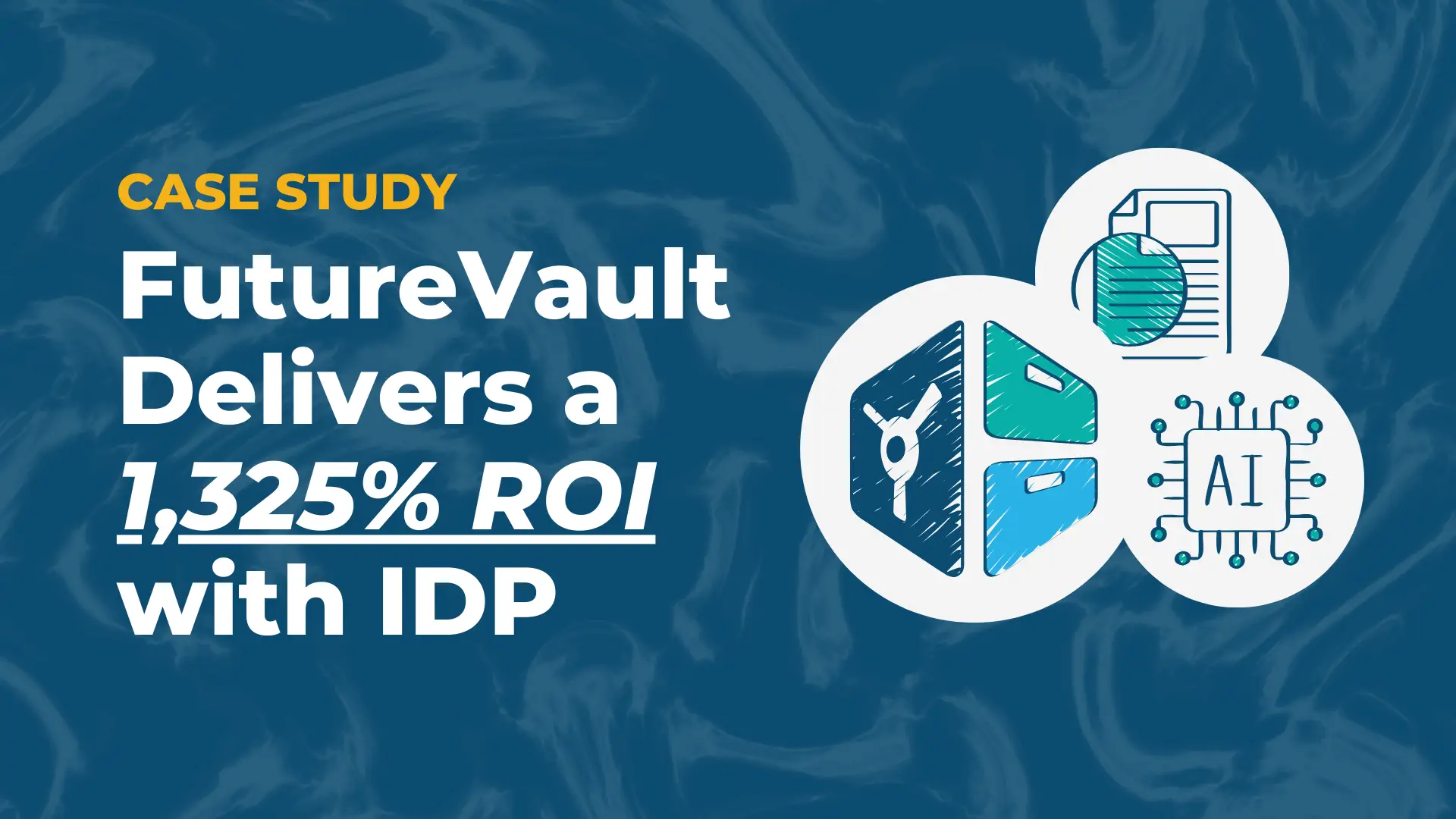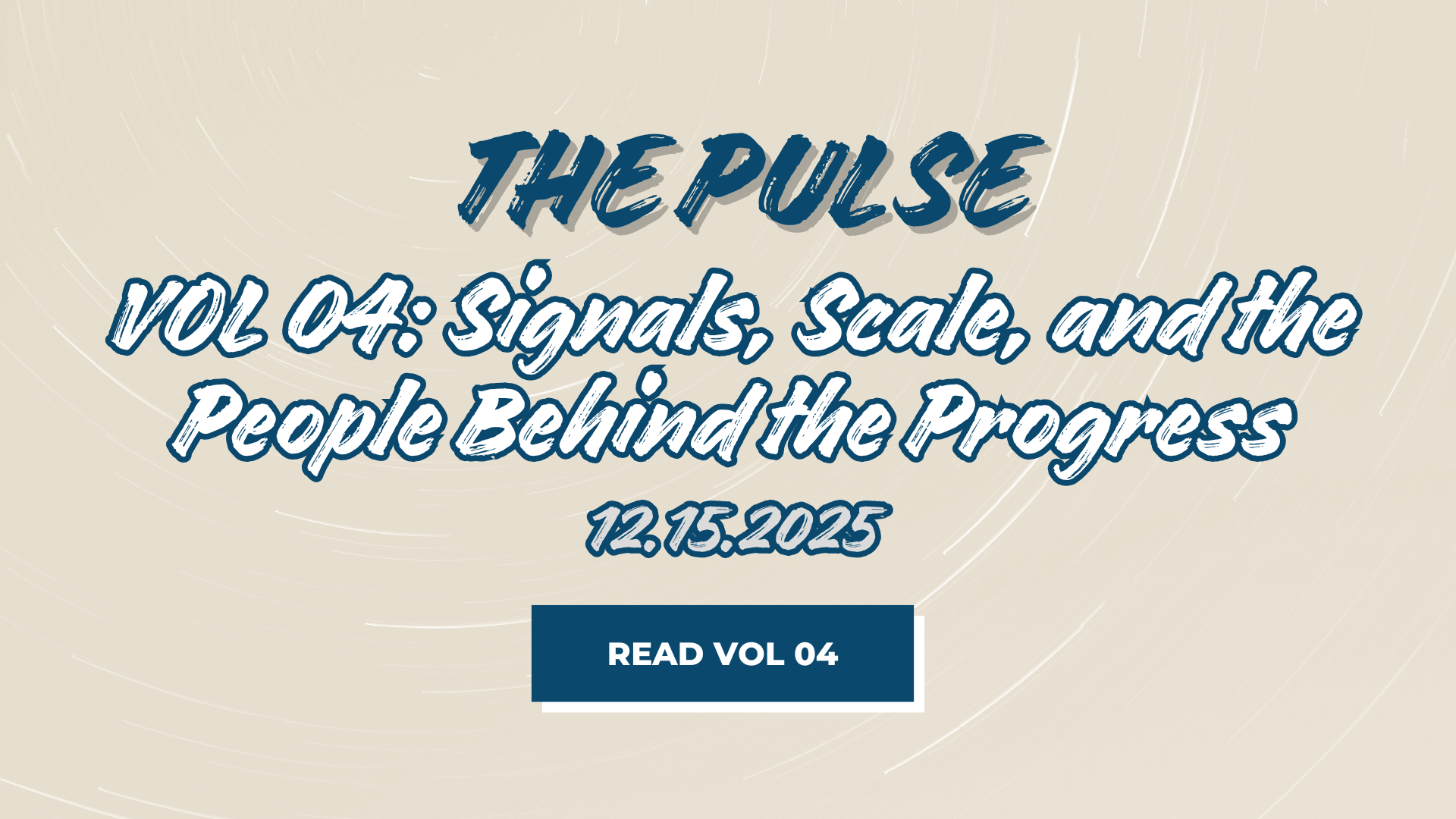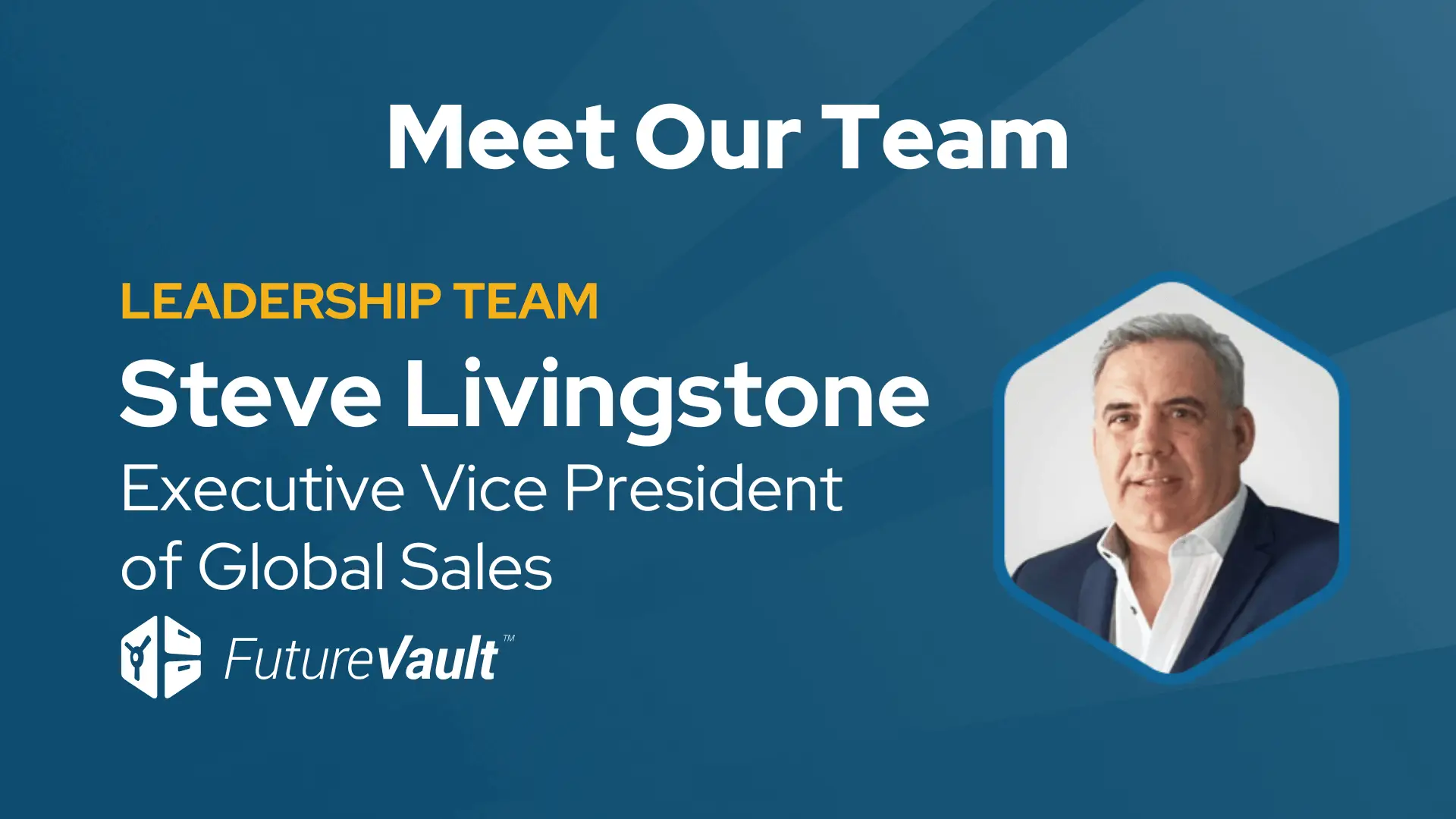Five high-impact areas within wealth management will have a significant influence on financial institutions and the firms that support them.
In the span of just a few short years, the wealth management industry has undergone significant transformative change, making those few short years feel like a decade, if not longer.
The good, the bad, the ugly—the industry has certainly seen it all during these past few years.
As an organization (FutureVault, of course) that sits close to where innovation, technologies, and trends take shape, we’re fortunate to have a very unique position and perspective on what’s emerging behind the scenes and ultimately driving real impact for institutions, firms, advisors, and importantly, the clients they serve.
Over the last twelve months, give or take, we’ve seen many themes persist and rise to the surface as common areas of where progress and impact result from. In fact, during a recent webinar that our team co-hosted, Jean Sullivan (Head of Wealth Management at Celent) shared insights from her own perspective and from what Celent has identified as some of the key, high-impact areas that are influencing strategic decision making for firms and their advisors—all of which aligned with the same themes our team has been witnessing and continues to witness. To say the least, it paints a clear picture of the areas firms and advisors need to focusing on.
Now let’s get right to it — here are the 5 high-impact areas within wealth management that are driving material impact and influencing strategic decision making across the industry.
1. Enabling Client Engagement
The first high-impact area within wealth management is all about enabling client engagement. This one tops the list for good reason(s); importantly, it influences every component and area of the wealth management industry.
It also serves as both a major sticking point, or challenge, and a focus area for the firms and advisors that are looking to stand out from the crowd now and well into the future. If your firm is in active pursuits to offer differentiated value, which should always be the case, then you’ll want to pay close attention to this area.
But how exactly do work towards “enabling client engagement”?
While there are several paths to success in this area, this ultimately comes down to things such as delivering personalized solutions and client experiences, providing access to information (both personal and business), creating a smooth onboarding experience all the way through to delivering advice and support after solutions and products have been delivered to clients and more.
Really, this component is all about putting your clients first and establishing the rules of engagement that ultimately make it easier for your clients to do business with your firm and your advisors.
Client expectations have shifted—now more than ever, clients want to feel in control of their money and their information. Technology helps remove the ‘black box’ around their personal and financial information, keeping your clients in the loop when it comes to all things that involve them and their relationship with your firm.
Personalization at scale happened to be one of the major takeaway themes at this year’s T3 Conference, showing the prevalence and impact this area has across the entire industry.
Importantly, let us not forget that in any given industry, trust is the ultimate currency—this could not be more true when it comes to managing people’s financial lives. Those who build trust by way of enabling client engagement will be the ones who reap the benefits of winning the hearts, minds, and wallets of their clients.
2. Automating Advisor Workflow
One of the (many) reasons institutions and firms find themselves competitively disadvantaged results from legacy systems and processes in addition to the terribly inefficient workflow at the front office and advisor level of the organization.
In fact, we know very well that money managers, financial advisors, insurance agents, family office managers, you name it, struggle on a daily basis because they are constantly bogged down with the manual administrative tasks and regulatory requirements they’re obligated to fill. Fortunately, technology exists to augment, automate, and integrate workflow.
A few examples of workflow that takes place day-in and day-out include:
➜ Collecting, organizing, and storing client documents
➜ Sharing new resources and materials with advisors and clients
➜ Creating and maintaining security and compliance checklists
➜ New client onboarding and account openings
There are several ways to augment workflow through robust functionality offered by WealthTech solutions, however, from what we’re hearing and seeing, the lens of focus is on firms looking to integrate disparate components with an emphasis on front and middle office responsibilities.
Deeper, bidirectional integrations, as an example, are being used to repurpose and sync data, prefill forms using the information you already have, automatically file and distribute advisor and client documents into your secure digital vault, consolidate and acquire information, and so forth. As traditional institutions become more connected, they are able to work faster and have more flexibility with the services they offer and the way that they operate.
Ultimately, automating advisor workflow boils down to streamlining efficiencies across the gamut of daily activities and administrative burdens that help firms and advisors increase their capacity so that more of their time can be spent on what matters—driving new business and spending quality time with existing clients longing for an engaging experience.
3. Embracing Financial Wellness
Advisors looking to remain relevant and reliable will ultimately need to understand their clients’ financial needs by adopting a holistic approach to the overall financial picture; one that better suits and compliments clients’ interests, lifestyles, and goals.
A large piece of this includes embedding non-traditional products/assets into Wealth Platforms and what’s being offered or made available to clients.
Ultimately, more comprehensive wealth management services/offerings are and will continue to be offered to clients to meet their growing demands and lifestyles.
There is an ever-prevalent macro-trend of moving away from purely investment management-focused, to financial planning, and then even further to customize the advice and client experience advisors deliver for their clients.
If you are an advisor defaulting to model portfolios and limited or basic financial plans, your days are numbered, this cookie-cutter approach won’t quite cut it anymore.
4. Enhancing Information Security and Compliance Capabilities
Increased regulatory scrutiny across multiple fronts, growing practice management concerns around insecure document exchanges and document retention policies, data breaches, fines, and costs associated with non-compliance, all add to the complexity and challenges compliance teams are faced with. All of which continue to drive greater usage and adoption of compliance and RegTech solutions.
In particular, the wake of covid has significantly accelerated regulatory and compliance pressures across all fronts to better protect corporate and client data while handling most back and middle office tasks in a remote-first world.
When you consider the impact and significance the above has on daily operations and building trust with clients (which we talked about earlier), there is no wonder why spending on compliance programs and technology remains one of the largest investments that firms will make in any given year.
Overcoming the many challenges associated with these regulatory measures means technology is table stakes. According to experts at Harvard, technology is what will help institutions and firms “more cost-effectively meet regulatory requirements” — making the playing field between existing institutions and new financial innovators considerably more level.
Remember, spending on compliance is not an expense; it’s an investment to protect your firm, your advisors, and importantly, your clients.
5. Leveraging Critical (and Emerging) Technologies
When looking across the industry, it’s clear to see that institutions and firms will continue to leverage emerging technologies to enable high-impact business processes and ultimately drive scale at every level of their organization from their back office straight through to client interactions and household experiences.
There is an acceleration toward multi-cloud architectures and modular API solutions to streamline, augment, and connect workflow across disparate systems to realize operational efficiencies. This extends well beyond automating front office workflow, to creating a fully integrated experience across the entire organization.
Digital transformation affords firms competitive advantages that have historically been reserved only for larger institutions with multi-million dollar technology budgets.
In a recent Harvard Professional Development article, experts suggest traditional banks and other wealth management firms bound by heavy regulations are finding it difficult to keep up with smaller, more nimble, and flexible firms and fintech companies. By leveraging new technologies such as digitization and AI, traditional players in the wealth management market can level the playing field.
Time to Make Your Impact Today
The above five high-impact areas within wealth management are the critical areas where firms and advisors can and should invest time and resources into to drive material impact and create a competitive advantages now and well into the future.
The not-so-secret, secret? Technology combined with efficient process is the foundation for almost everything.





